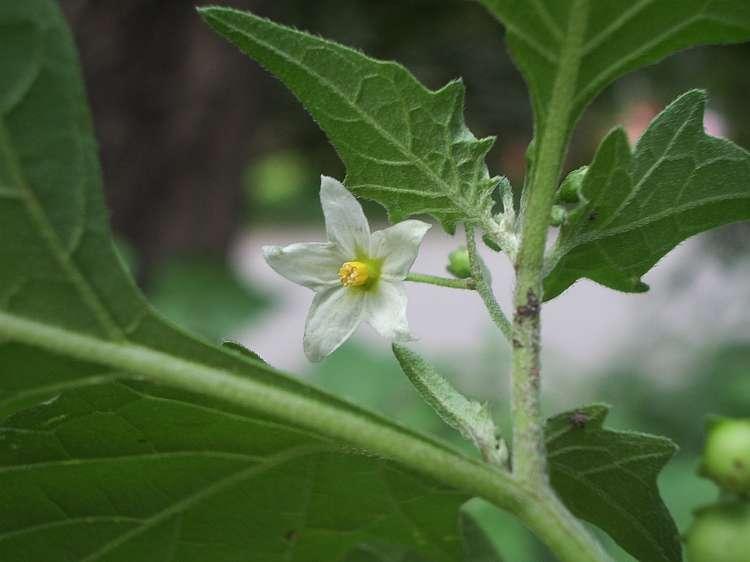
Black nightshade (Solanum nigrum)
Black nightshade, also known as Garden nightshade, Blackberry nightshade
When dealing with black nightshade (Solanum nigrum), it's crucial to exercise caution due to its toxic nature. Though some claim that fully ripe and properly prepared fruits may be safe to eat, the risk is significant enough to warrant avoiding consumption altogether. Here are some key precautions:
1. **Do Not Eat**: Avoid ingesting any part of the plant, as it poses serious health risks.
2. **Use Protective Gear**: Wear gloves when handling the plant to prevent skin irritation.
3. **Protect Vulnerable Groups**: Keep children and pets away from the plant to avoid accidental poisoning.
4. **Ensure Accurate Identification**: Be confident in identifying the plant to prevent mistaking it for a harmless or edible species.
5. **Clean Thoroughly**: Wash hands and any tools used after contact with the plant.
Always err on the side of caution and consult experts if unsure about the plant's safety.
Key Facts About Black nightshade
Attributes of Black nightshade
Scientific Classification of Black nightshade
Toxicity
Golden pothos contains a chemical called calcium oxalate, which is mildly toxic to humans if ingested or if the skin comes into significant physical contact with its sap. Contact with the sap can also cause dermatitis. Ingesting the leaves irritates the dog’s mouth and gastrointestinal tract. Chewing the leaves or stems causes intense irritation for cats.